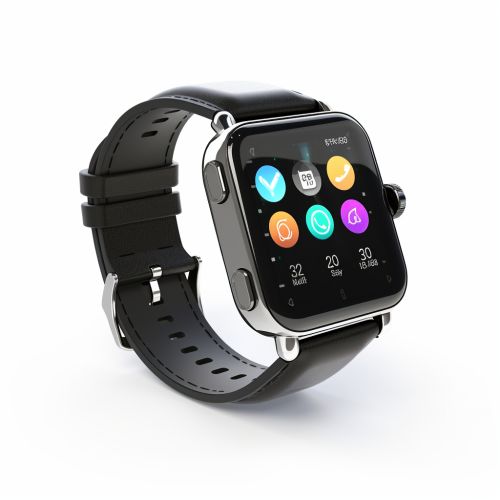Smart Device
Introduction
A smart device is an electronic device that is capable of connecting, sharing, and interacting with its user and other devices. The term can be applied broadly to numerous systems and may also refer to a variety of devices that includes smartphones, smart TVs, tablets, and wearable technology such as smart watches and smart glasses. Smart devices are characterized by their ability to operate autonomously and their capacity to interact with the environment, typically through sensors and actuators.
History
The concept of smart devices was first introduced in the late 20th century with the advent of embedded systems. These systems were designed to perform specific tasks with minimal human intervention. The term "smart" was later adopted to describe devices that could learn and adapt to their environment. The first smart device was the smartphone, which was introduced in the late 1990s. Since then, the range of smart devices has expanded significantly, encompassing a wide variety of consumer electronics and appliances.
Characteristics
Smart devices are characterized by their ability to connect to the internet, interact with users, and learn from their interactions. They typically include a microprocessor, a operating system, and a means of connecting to a network, usually via Wi-Fi or Bluetooth. Smart devices often include sensors that allow them to interact with their environment, such as temperature sensors, motion detectors, and cameras. They may also include actuators, which allow them to perform physical actions, such as turning on a light or adjusting a thermostat.
Types of Smart Devices
There are many types of smart devices, each with its own unique capabilities and uses. These include:
Smartphones
Smartphones are perhaps the most common type of smart device. They combine the capabilities of a mobile phone and a computer, allowing users to make calls, send messages, browse the internet, take photos, and use a wide variety of apps.
Smart TVs
Smart TVs are televisions that can connect to the internet, allowing users to stream video content, browse the web, and use apps. They often include voice recognition capabilities, allowing users to control the TV using voice commands.
Smart Watches
Smart watches are wearable devices that can perform many of the functions of a smartphone. They can display notifications, track physical activity, monitor heart rate, and even make calls and send messages.
Smart Home Devices
Smart home devices include a wide range of products that can automate and enhance home functions. These include smart thermostats, smart lights, smart locks, and smart security systems.
Applications
Smart devices have a wide range of applications, from personal use to industrial applications. They can be used to automate tasks, monitor health, provide entertainment, and much more. For example, smart watches can monitor heart rate and physical activity, providing valuable data for health and fitness. Smart home devices can automate tasks such as adjusting the thermostat or locking the doors, making homes more comfortable and secure. In industrial settings, smart devices can monitor equipment and processes, improving efficiency and reducing downtime.
Privacy and Security Concerns
While smart devices offer many benefits, they also raise concerns about privacy and security. Because these devices are connected to the internet, they can be vulnerable to hacking and data breaches. Additionally, they often collect personal data, raising concerns about privacy. Manufacturers of smart devices are continually working to address these issues, implementing security measures and giving users control over their data.
Future of Smart Devices
The future of smart devices is likely to see continued growth and innovation. Advances in technology, such as artificial intelligence and Internet of Things (IoT), are expected to drive the development of increasingly sophisticated and autonomous devices. Additionally, as more devices become connected, we are likely to see the emergence of new applications and services that leverage the power of these interconnected devices.
See Also


